PHILADELPHIA, Aug. 29, 2018 /PRNewswire-PRWeb/ — R-Health and Pareto Captive Services (“Pareto”) announced a partnership to bring enhanced primary care to Pareto’s clients (“captive members”). R-Health and Pareto, both based in the Philadelphia area, recognize the need to provide innovative solutions to tackle ever-rising healthcare costs facing employers and individuals.
R-Health is a national leader in enhanced primary care, supporting or managing over 40 practices in New Jersey and Pennsylvania. Pareto forms and manages employee benefit group captives that allow medium-size employers to mitigate the year to year volatility of self-insuring their health benefits. Nationwide, Pareto has more than 600 captive members, constituting more than 150,000 covered lives.
Through this new partnership, Pareto captive members will have access to R-Health’s growing number of Direct Care practices. In addition, the two companies plan to open four new practices in the Greater Philadelphiaarea in 2019. These innovative Direct Care practices will deliver enhanced primary care to Pareto captive members in the region, as well as other employers.
R-Health and Pareto are also partnering to launch two locations in the Kansas City area in September 2018, serving Pareto captive members in that market. With captive members located nationwide, Pareto and R-Health plan to launch other locations as dictated by need and growing demand.
“At R-Health, we believe that independent, relationship-based primary care is the foundation of transformational healthcare delivery,” said Mason Reiner, R-Health Co-Founder & CEO. “By partnering with Pareto, we can leverage our unique combination of clinical expertise and technology to provide patients with consistent access to their personal doctor, while achieving significant cost savings for employers through clinically integrated care delivery and innovative data analytics.”
“Pareto saw that our captive members needed a better primary care option for their employees, yet for most medium-sized employers, on-site clinics are not financially feasible and, often, can lead to further fragmented care,” said Andrew Cavenagh, Pareto Captive Services’ Managing Director. “By partnering with R-Health to create near-home practices, we can fill that void by offering better access to primary care and more time with their physicians. These offices offer convenient and comprehensive primary care to employees and their family members.”
Enhanced primary care can lower healthcare costs in many ways, including:
- Reducing unnecessary emergency room and urgent care visits.
- Better managing and therefore reducing the cost of chronic and high-risk conditions.
- Offering longer appointments, that allow for more time for the patient and provider to interact.
- Providing referrals to high-value specialists.
- Increasing compliance with care plans by making many prescriptions available on-site.
- Reducing costly complications by identifying and supporting high-risk and at-risk individuals.
About R-Health
R-Health delivers more effective care and a better patient experience – all at a lower cost. We partner with employers, unions, insurance companies and TPAs to offer primary care that’s truly collaborative. This is accomplished through the traditional core values of convenient, personal primary care; our innovative data analytics and patient engagement platforms that streamline care, delivering better outcomes, lower costs and a refreshing patient experience; and the proactive management of chronic conditions. R-Health delivers value-based healthcare two ways: through R-Health Direct Care, our innovative enhanced primary care model, and R-Health Accountable Care, our commercial and Medicare ACOs. For more information, visit https://www.R-Health.md.
About Pareto Captive Services
Pareto Captive Services forms and manages employee benefit group captives. The captives mitigate the year-to-year volatility and risk that is inherent in self-insurance, thereby allowing employers to focus on reducing healthcare costs. Members of Pareto captives gain access to an exclusive suite of risk management and cost-containment initiatives to help them in their quest to provide affordable and effective healthcare to their employees. Pareto continually seeks new and innovative solutions to employers’ healthcare benefit dilemmas and when solutions do not already exist, Pareto creates them. For more information, visit https://www.paretocaptive.com.
Media Contact
Carrie Hartman
carrie.hartman@r-health.md
Cell: 215.704.0917
SOURCE Pareto Captive Services


